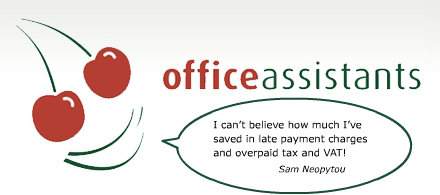HMRC is introducing changes to PAYE reporting, currently with volunteer employers. On April 2013 the changes will become mandatory and by October that year, every business will have to be compliant. The changes have been labelled Real Time Information (RTI).
Real Time Reporting
Under the RTI system, information will be collected by payroll software and forwarded electronically to HMRC every time the payroll is run. It means that the tax man will know what tax, national insurance (NI) and other deductions have been made for every employee as soon as they occur. It makes P14 and P35 annual reports redundant, and HMRC will be able to arrange any necessary adjustments through the year, rather than retrospectively after receiving annual reports.
What RTI Means for Employers
The most important aspect of this for employers is that they must have appropriate payroll software. If you have fewer than ten employees, you can use the free HMRC Basic PAYE Tools package, but software suppliers are producing upgrades to accommodate the change.
You would be wise to speak to your outsourced bookkeepers about it now, as you need to plan for compliance in advance to be confident about the changeover. There will, of course, be penalties for non-compliance.
HMRC will let you know the date they expect you to begin, which will be between April and October 2013 unless you make a voluntary arrangement to start earlier. They are seeking more volunteer companies under their pilot scheme.
Starting and Leaving Dates
There will no longer be a requirement to send forms P45 or P46 to HMRC as starting and leaving dates will be reported with the payroll information. However, these forms will still need to be used to pass necessary tax information on employees between employers.
Data Quality
It will be vitally important to hold accurate information on your employees so that HMRC can locate each individual’s account. Full forenames and surnames are required and when you enter a newcomer, you should check an official document to make sure the spelling is correct. A birth certificate or passport will show this and the correct date of birth. The format of dates should match HMRC requirements. The third piece of crucial information is the NI number. These can be checked at the HMRC National Insurance tracing service.
Either before, or at the time of, your first RTI submission, you have to make an Employer Alignment submission of the details of all your employees during the current year, with dates of starting and leaving where appropriate.
This is a big change to current practices, so do discuss it as soon as possible with your bookkeepers and payroll administrators.





